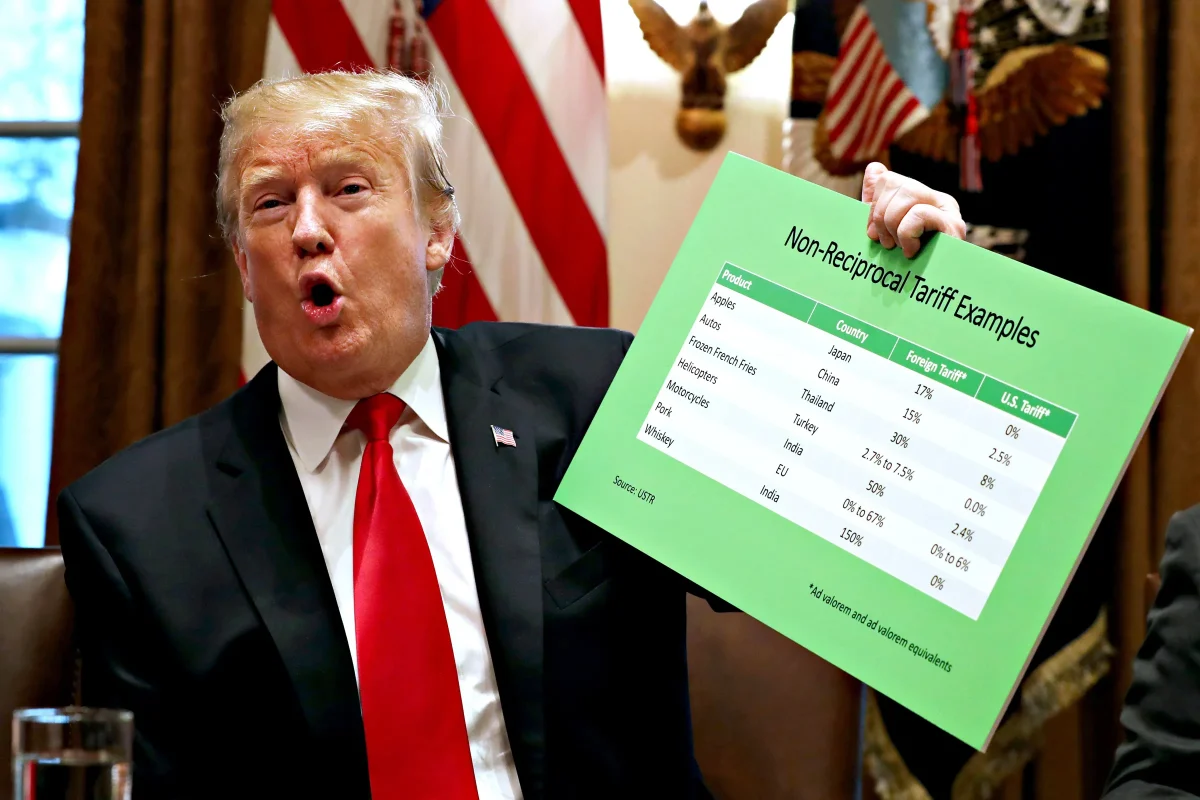April 8th, 2024 will be a big day for astronomers all over the country. There will be on total solar eclipse. This eclipse will pass over the U.S., Mexico, and Canada. The eclipse will enter Canada in Southern Ontario, and continue through Quebec, New Brunswick, Prince Edward Island, and Cape Breton. Then the eclipse will exit continental North America on the Atlantic coast of Newfoundland, Canada. The total solar eclipse of April 8, 2024, is preceded two weeks earlier by a penumbra lunar eclipse on March 24, 2024.
These eclipses all take place during a single eclipse season. An eclipse season is an approximately 35-day period during which it’s inevitable for at least two (and possibly three) eclipses to take place. The next eclipse season has three eclipses: September 17-18, October 2, and October 17, 2024, said Earth Sky. To see the eclipse you need a special set of solar eclipse glasses. A total eclipse happens every one hundred years and there are many types of eclipses. A partial eclipse is when the moon’s penumbra shadow traverses the Earth. An annular eclipse is when the moon’s antumbral shadow traverses the Earth. The moon appears smaller than the sun resulting in a thick ring of sunlight around the moon. A total eclipse is when the moon’s umbra shadow traverses the Earth. A hybrid eclipse is when the moon’s umbra and antumbral shadows traverse the Earth.
Solar eclipses are fairly numerous, about 2 to 4 per year, but the area on the ground covered by totality is only about 50 miles wide. In any given location on Earth, a total eclipse happens only once every hundred years or so, though for selected locations they can occur as little as a few years apart. This year it will barely touch Kentucky and other parts of the U.S. If you want to see the eclipse you will need to travel a little far.







